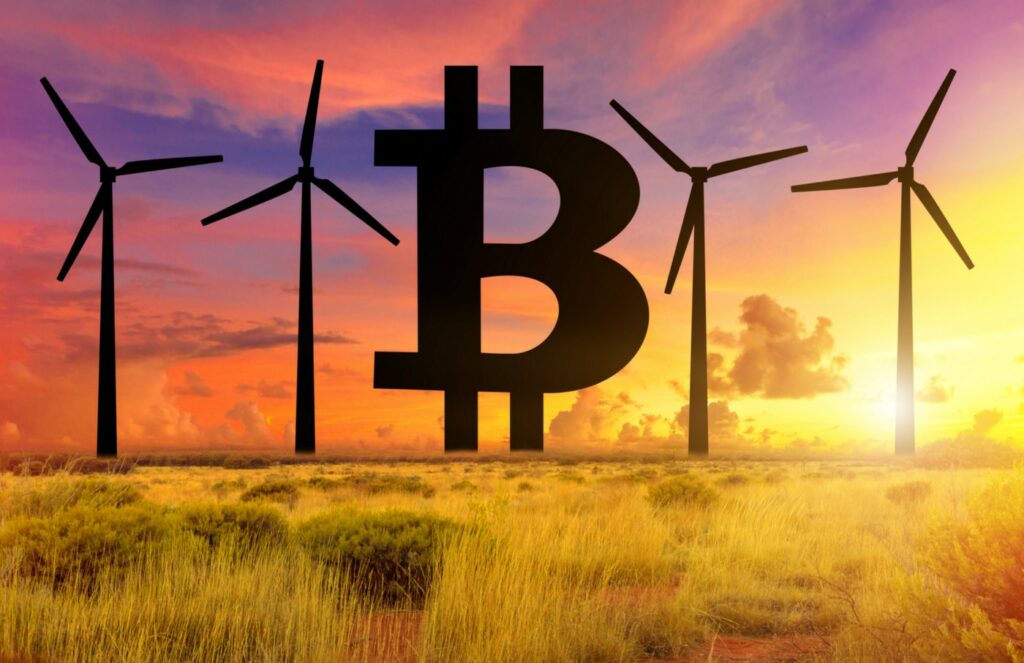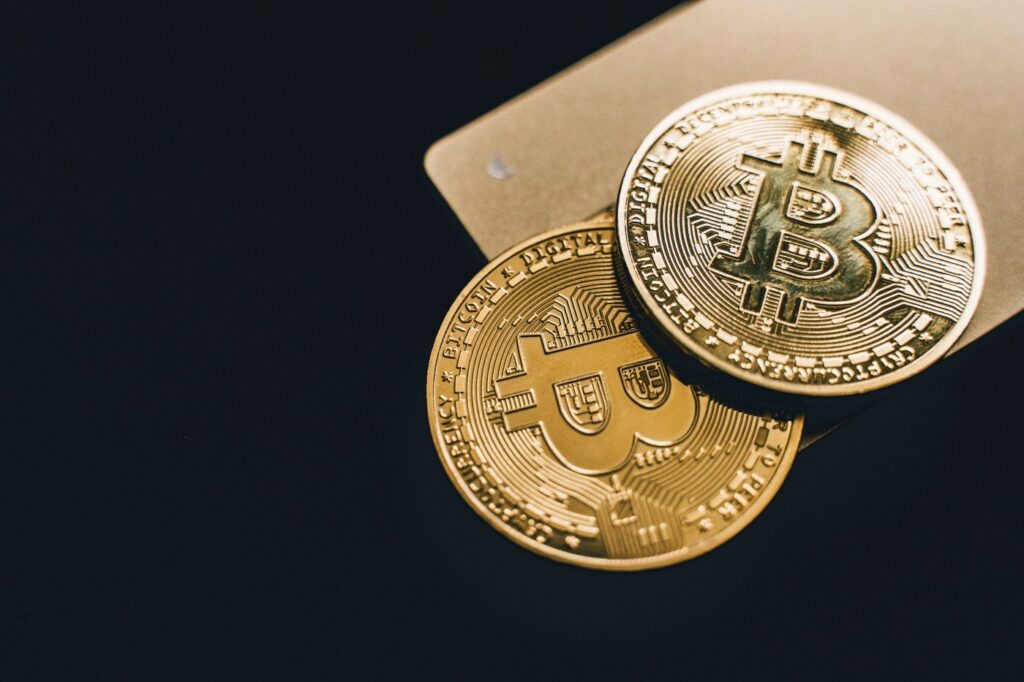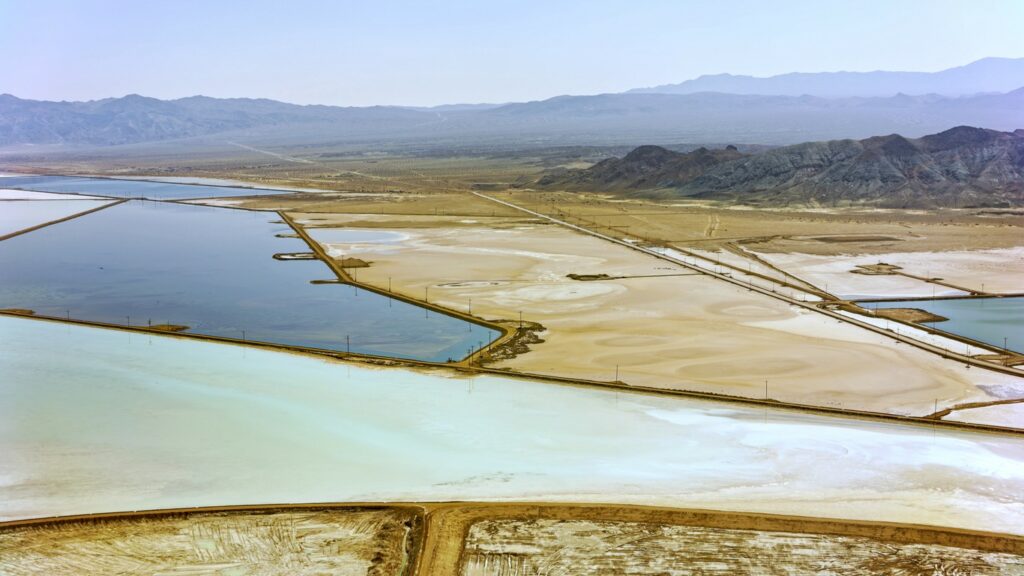By Larbi Loudiyi, VP of Energy
I’m sure you have heard this before. In fact, I am probably the umpteenth person to tell you that the climate change situation is dramatic. In my mind, it’s no longer a question and its human origin is a recorded fact.
Indeed, the exponential exploitation of fossil resources is the main cause of global warming: it accounts for 80% of global CO2 emissions. Putting aside the 7 million animal species that are hostages to this situation, let’s focus for a moment on the fate of humanity more broadly.
In the next 30 years, we will have 200 million to 1 billion climate refugees.
That’s all there is to it!
What does that mean for generations to come? What will our children’s future look like?
I believe deep down, as long as it doesn’t affect our daily lives, no one cares because as humans, we are selfish by nature. I think this can be attributed to our ego. Or as I like to call it, “self-love.”
Fortunately, self-love pushes us to respect and protect ourselves, our surroundings, and the ones we love. As children, we naturally become attached to the support from our caretakers. Our caretakers, in turn, quickly take on the responsibility to nurture and protect us.
Our relationship with nature is no different. Mother earth takes care of us and we love all that she has provided. However, she has so many children to feed and protect! We need to change the ways we preserve our planet for it won’t be long before the damage we have done completely destroys everything around us.
Despite all the love we can show our planet, is it too late?
We know it is certainly too late to avoid global warming completely because we are already feeling the effects — which will continue for centuries to come. It is not too late, however, to limit the damage and keep the temperature increase below 2°C compared to the pre-industrial period (1890). To do this, we must give up exploiting thirty percent of the oil reserves, half of the gas reserves, and more than 80% of the coal reserves. We simply need to disinvest ourselves from fossil fuels.
All specialists agree that there are substantial opportunities for reducing emissions through the widespread use of three main levers:
– Wind and solar energy;
– Energy efficiency of vehicles and appliances;
– Reforestation and halting deforestation
The solution seems simple, but the problem facing humanity is much more complex.
In a world where the health of a country is measured by its ability to generate wealth — where economic growth is the motivating force behind our policies and, as you have well understood, where greed reigns supreme — the call to individual responsibility is necessary but insufficient. Our policies must put in place concrete and unpopular measures that may even go against some of our individual freedoms. While I personally do not believe that our policies can meet this heavy burden, I am forced to admit that if we maintain this model of excessive growth, we are accelerating toward disaster.
The problem is all the more complex as it presents many technical challenges, mainly the use of the first lever — the integration of wind and solar energy into our electricity grids or in isolated sites.
This is where I am focused.
Until the 1990s, the design of electricity networks was intended to supply diffuse and intermittent consumption with controllable production. To achieve this, fossil fuel-based power plants have been the best equipped to meet this demand-driven production constraint. This is because renewable energy is intermittent and gravely affects grid stability.
Beyond the potential impact renewable energy has on the stability of the grid, electricity grid operators face three main constraints today:
- The impact on the network is greater when production is uncorrelated with consumption.
- Investments are larger when the integration of renewable energies takes place in sparsely populated areas.
- The effort required to adapt low-voltage networks to accommodate small production installations is highly dependent on their concentrations.
Faced with such a complex technical and economic challenge, we would tend to give up, especially if time is factored into the equation. We must not only solve this problem but do so in a short period of time.
The good news? Technological progress is well underway and continues to grow exponentially.
Remember, the conservation spirit of the human race far outpaces its self-love. As a technology zealot, I can assure you that cheap energy storage solutions that do not rely on scarce resources, such as lithium, already exist.
In the next five years, these solutions could have an unimaginable global impact. It will afford people the option to be energy independent and consume cleaner and cheaper energy than that provided by the grid. You and I would have the choice to invest in these solutions and directly reduce greenhouse gas emissions. All we’d have to do in addition is buy an electric vehicle and plant a few trees.
Well, it’s true that not everyone has room at home to put photovoltaic panels, but you get the picture.
While these solutions are compelling, they are not the only option. In fact, there are many more..!
At Soluna, we have opted for a completely different approach that is off the beaten path.
It is based on a novel, yet simple principle called “consumption on demand.”
Be clear, this has nothing to do with pumping or solar lighting. It is the process of consuming energy in synchrony with its availability — the holy grail in the renewable energy space. To accomplish this, we have set out to identify a number of industrial applications that can adapt to the intermittency of renewable energy sources.
We call this vertical integration.
We are deploying this unique approach on our industrial scale, 900 MW flagship wind site.
The first phase of the wind farm will be 100 MW integrated with a modular data center providing calculation capacities for the world’s largest blockchain network — Bitcoin. The modules are actually several 750 KW containers (containing specialized server computers) that are switched on and off based on the availability of wind energy. The revenue from the computing modules will fund the wind farm and affords us the opportunity to deliver power to the nearby grid as needed. In effect, the computers act as a buffer or flow control for the renewable resource making it safer for the grid.
We have opted for wind energy because, in addition to being available day and night, it benefits the lowest Levelized Cost of Energy (LCOE) on the market for all energy generation technologies combined, as indicated in this Lazard report.
Once we are successful in this initial project, we intend to replicate the initial phase across our flagship site, which is twice the size of Manhattan. We also intend to explore other sites around the world that can benefit from this vertically integrated approach.
This business model will serve as an example of how we can make a major dent in the current climate crisis. We have the opportunity to increase the percentage of renewable energy globally from less than 20% today to becoming the dominant form of energy in the world.
I am very energized (pun intended) about it.
At Soluna, we’ve decided to trade self-love for our human ability to innovate and our desire to live. That’s what drives us.
Bonne chance à nous!




